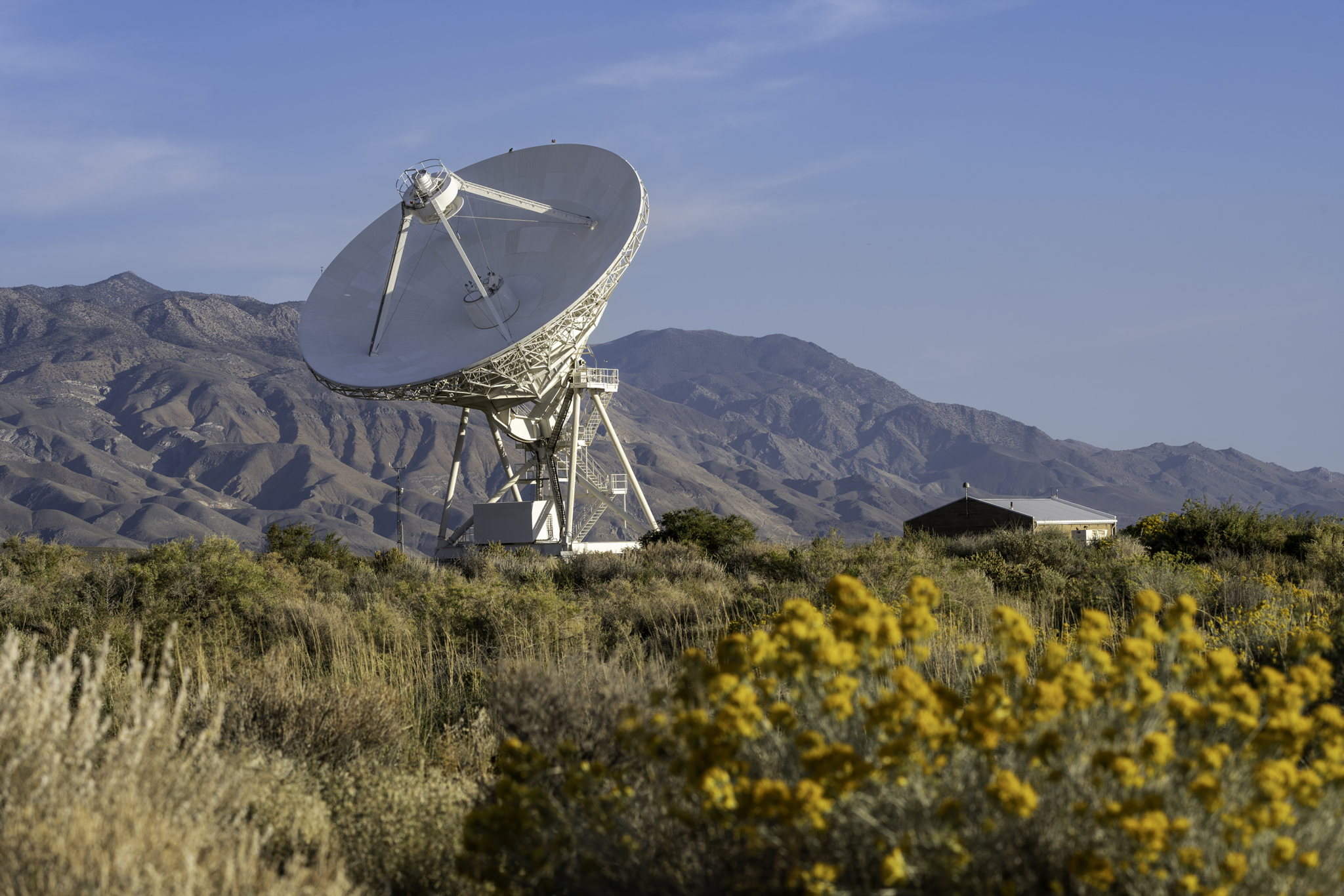Astronomers Measure Heaviest Black Hole Pair Ever Found
NSF's NOIRLabUsing archival data from the Gemini North telescope, a team of astronomers have measured the heaviest pair of supermassive black holes ever found. The merging of two supermassive black holes is a phenomenon that has long been predicted, though never observed. This massive pair gives clues as to why such an event seems so unlikely in the Universe.








































